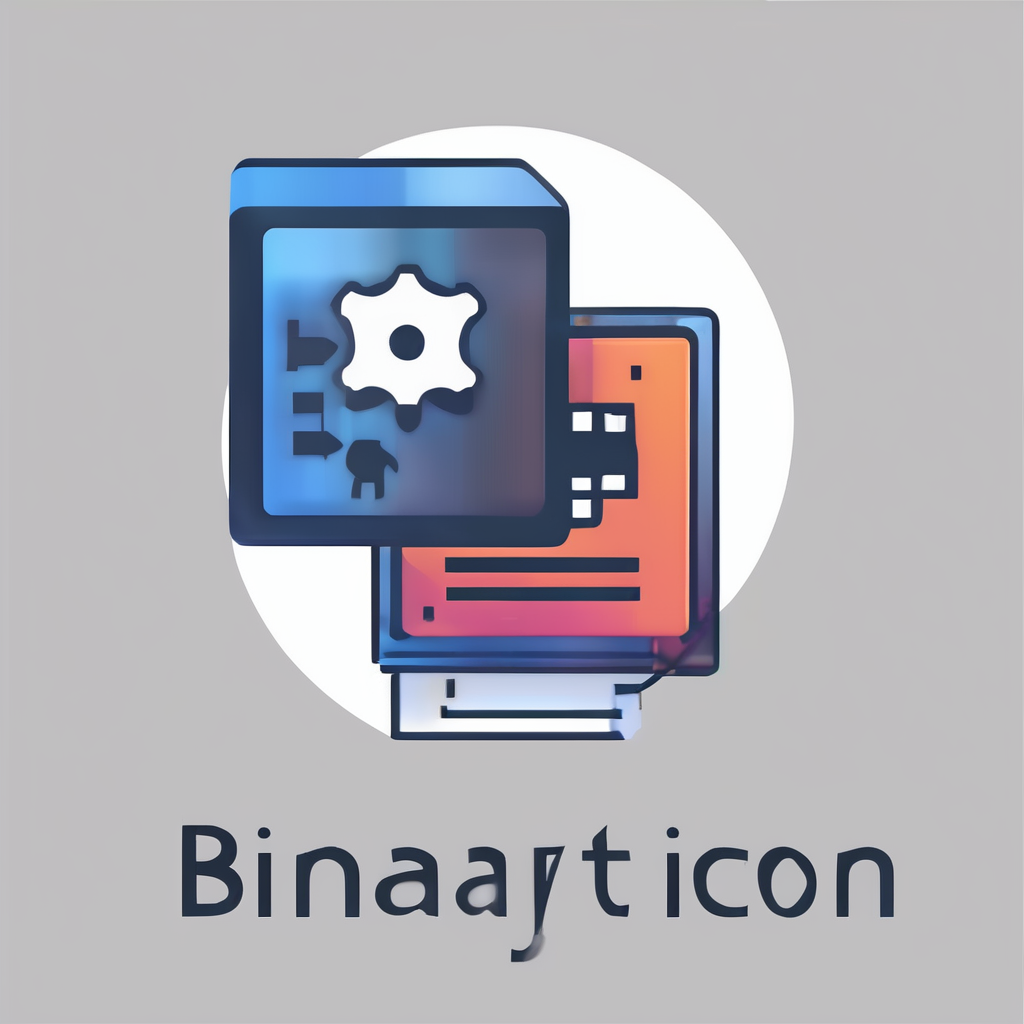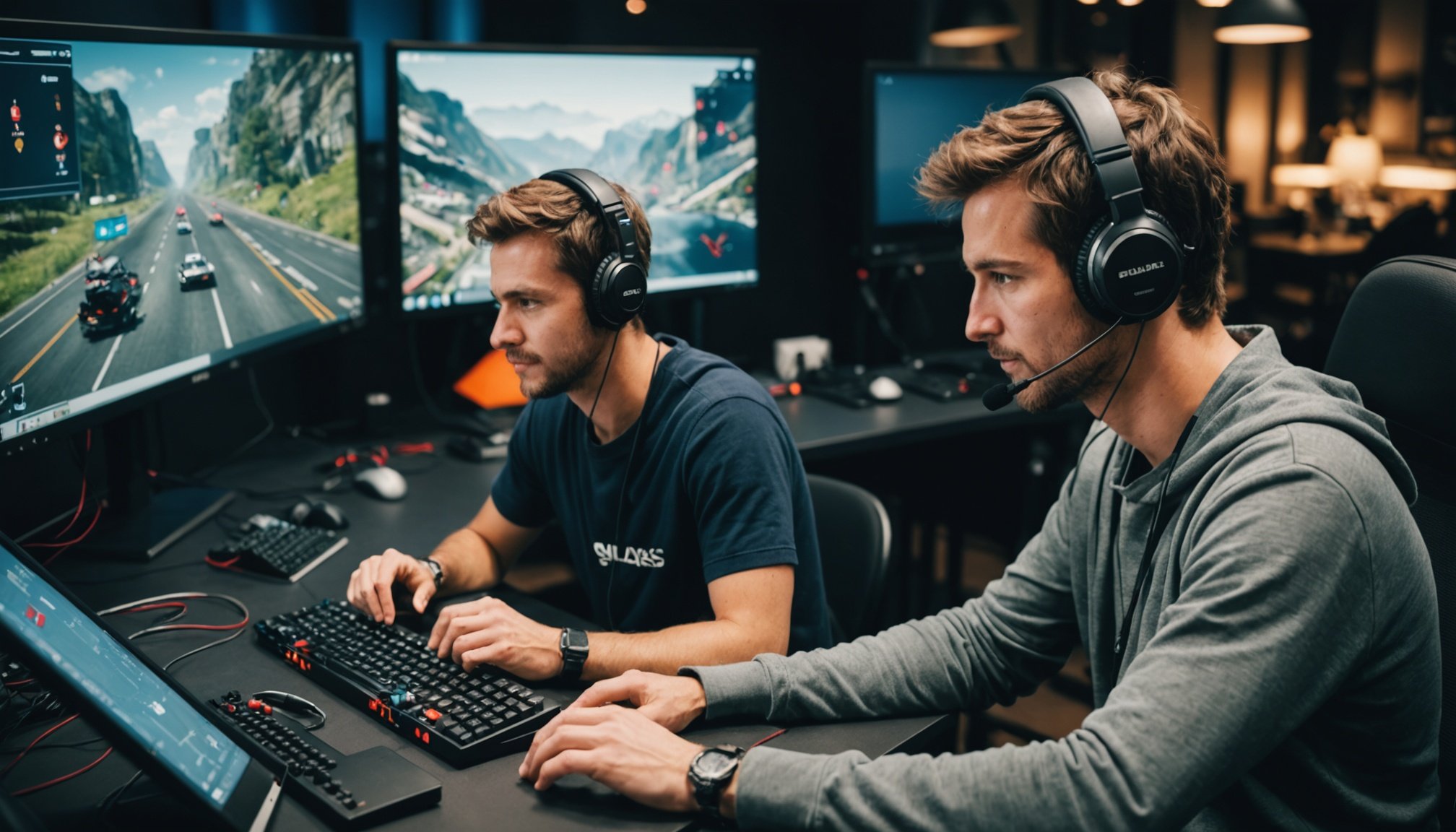Overview of Language Barriers in Multiplayer Gaming
Language barriers present significant challenges in multiplayer gaming, often impeding seamless player experiences and effective teamwork. As gaming communities become increasingly global, multilingual gaming dynamics come into play. Players from different backgrounds face difficulties in understanding each other, leading to potential breakdowns in strategy and coordination.
Statistics reveal that global gaming demographics are diverse, with players speaking a multitude of languages. For example, a large portion of the gaming community in Asia may struggle to communicate with European players due to language differences. These barriers can result in frustrating experiences, as miscommunication can directly impact gameplay success and enjoyment.
Also read : Endless Urban Realms: The Impact of Procedural Generation on the Future of City-Building Games
In real-world scenarios, communication breakdowns are evident in competitive games where split-second decisions are crucial. Consider a multiplayer game requiring team strategies; without clear understanding, even the best-laid plans can fail, causing players to lose matches or feel alienated. Developers are recognizing this challenge and are increasingly focusing on catering to this language diversity by integrating translation tools, yet the perfect solution remains elusive. Understanding the scope of these barriers is essential to improving multilingual gaming experiences and enhancing overall player satisfaction.
Effective Strategies for Real-Time Language Translation
Navigating the complexities of real-time translation in gaming requires strategic approaches that enable seamless communication among players. With the rise in multilingual gaming communities, translation methods have become pivotal. Commonly, gamers use built-in translation features within games or resort to external tools like translation apps. While in-game translators offer immediate access, their accuracy can be hit-or-miss, often leading to humorous yet unhelpful results.
In parallel : Unlocking the Roadblocks: Challenges of Voice-Controlled Interfaces in Strategy Games Revealed
Evaluating these in-game features against external tools highlights key differences. External apps frequently provide more precise translations, albeit at the cost of disrupting gameplay flow. Conversely, proficient in-game features can maintain immersion but may require substantial technological resources. A compelling example resides in the success of real-time translation in games like “Final Fantasy XIV,” where developers harness cutting-edge algorithms to foster inclusivity. This union of gaming strategies and advanced tech underscores the potential for balancing precision and playability.
Ultimately, the choice of translation method hinges on the desired balance between accuracy and immediacy. By understanding the strengths and limitations of these options, gamers can tailor their translation approach, ensuring both effective communication and an enjoyable gaming experience across linguistic divides.
Recommended Tools and Technologies
Exploring the realm of translation tools and gaming software paves the way for overcoming language barriers in multiplayer environments. The fusion of these technologies enables smoother language APIs integration, which can significantly enhance communication effectiveness.
Top Translation Software
Prominent translation software like Google Translate and DeepL offers features tailored to gaming needs. They provide real-time conversion, supporting multiple languages, which is crucial during intense gaming sessions. Reviews suggest that while Google Translate is more widely used, DeepL’s precision in translations is often praised. Cost-wise, both tools offer affordable options, and comparisons highlight their invaluable contribution to maintaining gameplay flow and accuracy.
APIs and Integration for Developers
For developers, choosing the right APIs for real-time translation is pivotal. Services like Microsoft’s Translator API and Amazon Translate offer robust solutions. Integrating these into user interfaces requires an understanding of developer tools; fortunately, comprehensive guides often accompany API offerings to facilitate smooth adoption.
Community-driven Solutions
Players often create mods and tools to enhance translation in games, addressing specific community needs. For example, fan-based mods for popular titles like Minecraft offer specialised translation packs that respond to user feedback, showcasing the power of community-driven innovation in bridging communication gaps.
Tips for Improving Communication Among Diverse Players
To foster language inclusivity and enhance multiplayer teamwork, creating a supportive in-game culture is essential. Encouraging openness and promoting diversity can significantly bridge language gaps among players from different backgrounds. Community guidelines should emphasise inclusion, kindness, and respect for diversity to ensure everyone feels welcome.
Visual communication plays a pivotal role in supporting translations. Incorporating icons, symbols, and labelled maps can provide universally understood cues, helping players coordinate effectively without relying solely on language. Launching these non-verbal tools ameliorates real-time communication challenges, especially during hectic gameplay moments when quick decisions are critical.
Community initiatives also prove valuable, as they harness collective effort to tackle language barriers. Player-driven forums, support groups, or dedicated language channels can help gamers of varying fluency levels find common ground and share strategies. These communities offer a space to learn and improve language comprehension collectively.
In sum, by integrating these approaches, game developers and players alike can strengthen collaboration among linguistically diverse teams. The establishment of a welcoming environment, coupled with visual aids and grassroots efforts, lays the groundwork for a more inclusive and enjoyable gaming experience for all participants.
Analyzing the Impact of Language Barriers on Gameplay
Navigating the impact of language barriers in multiplayer gaming reveals significant challenges and opportunities for enhancing the gameplay experience. Research indicates that miscommunications frequently disrupt game performance, affecting not only scores but also player satisfaction. Players often report that language discrepancies can lead to confusion in critical moments, turning the tide against them in competitive scenarios.
The insights from gamers underscore the importance of effective language comprehension tools. Many embrace external apps or rely on instinctive gestures as temporary fixes, but these solutions often fall short of fostering truly inclusive environments. Interestingly, when asked about translation tools, users identify both the advantages and limitations; while helpful, reliance on such programs can be burdensome due to inconsistent results and disruption of game flow.
Looking forward, the future of language inclusivity in gaming environments will likely hinge on integrating more sophisticated translation systems, potentially driven by artificial intelligence advancements. By developing features that integrate seamlessly with gameplay, language barriers can become less obstructive, allowing for a more cohesive and enjoyable experience. Such innovations will not only increase inclusivity but also open up gaming realms to a broader and more diverse audience.










